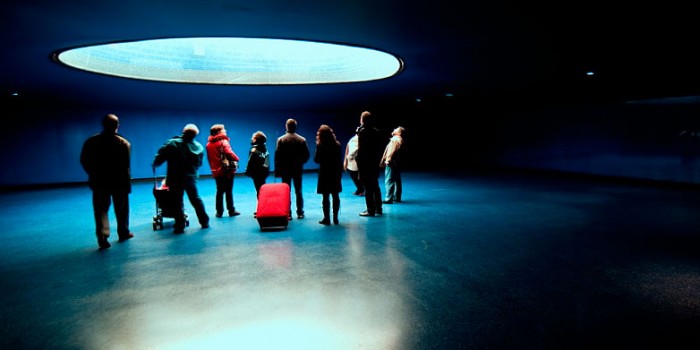Learning from Bus Buddhists
In psychological terms, context is almost everything. Much as we like to think that we know how we will act and react in a given situation, without the richness of...
How Advertisings Creates False Memories

Last Thursday I stepped off the train in Brussels are was greeted by bright sunshine; it felt like the middle of summer. I decided not to take the metro, but stay above ground and wander through the city.
Never having visited before I had no idea whether I was walking through areas that those in the know would say one should avoid and, with the sunshine elevating my mood, I was probably less cautious than I might have been.
Within a few hundred yards of the station the character of the streets shifted. Elegant office buildings gave way to older, smaller buildings, many of which were derelict. I passed very people, but those I encountered weren’t the business travellers I’d left behind at the station, and who had all streamed down the steps to the metro or strolled directly to the taxi rank.
I went from being one of the crowd to being distinctly out of place. I kept my head down, avoiding the eye contact that was directed my way, and hoped the next corner might bring about a less threatening air.
Torn between consulting my map and giving myself away as a stranger to the streets I was on, I decided to bluff it. Within a few minutes I was lost.
(To be continued)
One of the theories of advertising and more broadly for all stories, is that we’re attracted to them because they enable us to learn with no risk: we can play out scenarios about what we might do and then compare our strategy with the story’s ending.
It’s no surprise that we can get so engrossed in movies and dramas, when we know the characters so well, the lines between them and us disappears as we become totally emerged in the experience the characters are having.
A recent study explored the extent to which advertising can create artificial memories about a popcorn product. Researchers showed people a number of different styles of advertisement for a fictitious product (thereby ensuring that people couldn’t already have knowledge or experience of them): one of the ads was descriptive and explained about the delicious taste of the new popcorn, with little imagery: another used a lot more visual imagery, showing people happily enjoying the popcorn in their homes.
After being shown the ad a further randomised split saw some people being given the opportunity to eat the new popcorn (actually just a currently available substitute) with the others given an unrelated questionnaire.
A week later, let me emphasise that, just seven days later, the participants were invited back and asked about their memory of the product. People who had seen the very visual ad, the one that showed other people enjoying the new popcorn, were just as likely to claim that they had tried and enjoyed the popcorn as the people who actually had done so in the second exercise.
The people who had been shown the descriptive (non-visual) advertisement, that talked about the product’s great taste, were very unlikely to claim they had ever tasted the product. It was watching other people enjoying it that created the false memory of having tasted the product personally.
In evolutionary terms this mechanism makes a lot of sense. If we can learn from watching someone else who is like us do something pleasurable, we’re learning where we can get a reward; we’re also seeing something that is very likely to be safe for us to do too.
This research is a useful reinforcement both of why creating visually engaging advertising is important, why promoting features and benefits isn’t necessarily preferable to showing people enjoying your product, and why what people say isn’t necessarily a reliable indicator of what they have actually done.
As for my trip to Brussels – After a couple more rough-looking streets, I soon emerged in a beautiful sun-kissed square, with an old church and cluster of shops.
Not much of a story really, sorry.
Source: Priyali Rajagopal and Nicole Votolato Montgomery. I Imagine, I Experience, I Like: The False Experience Effect. Journal of Consumer Research, October 2011 DOI: 10.1086/660165
Image courtesy: Jose Maria Cuellar